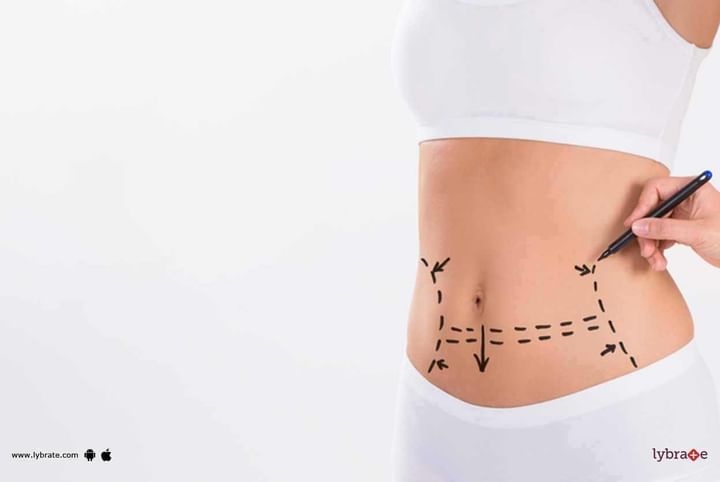Laser Hatching - Know In Depth About It!
Laser Hatching, also known as Laser-Assisted Hatching or LAH, is a technology that assists in attaching the embryo to the uterine walls of woman’s womb. Pregnancy is not possible if the human embryo does not hatch and attach itself to the uterine walls of the womb.
Zona Pellucida is a shell which surrounds the unfertilized egg. It is responsible for ensuring the admission of a single sperm and fertilization of the egg. When the egg gets fertilized, Zona Pellucida holds the embryo cells together. Zona Pellucida becomes harder as the division stages progress and within the In-Vitro Fertilization or IVF of the human embryo as well, probably caused by culture conditions of the fertilization. The egg removed out of its natural setting for Vitro fertilization and micro insemination makes the eggshell harden faster than through natural (Vivo) fertilization.
Women more than 37 years of age or women with excessive dosages of Follicle Stimulating Hormone (FSH) are more likely to yield eggs having a harder Zona Pellucida as compared to younger women. With a harder Zona Pellucida, eggs might not hatch or consume immoderate energy to get out and therefore not in a position to attach to the uterus of the women.
Egg hatching is essential for a woman to get pregnant. Laser-Assisted Hatching is a technology which helps the embryo to hatch out of Zona Pellucida and support the implantation within the uterine wall once the embryo is transferred. LAH or Laser-Assisted Hatching involves a greatly concentrated infrared laser beam to eliminate the Zona Pellucida with accurate increments.
Women in Need of Laser-Assisted Hatching -
Researches have shown that women who had previous unsuccessful In-Vitro Fertilization or IVF treatments have escalated chances of conceiving a baby using Laser-Assisted Hatching. Women over 37 years of age, who have a poor quality of the embryo with harder Zona Pellucida or frozen embryos or eggs and women with high FSH levels or low levels of Anti-Mullerian hormone (AMH) are recommended to undergo the Laser-Assisted Hatching.
Advantages of Laser-Assisted Hatching -
Though there are various techniques for assisted-hatching, Laser-Assisted Hatching is considered to be the most effective and safest of them all. The shell of the embryo is softened using a non-contact laser which means that the laser does not come in direct contact with the embryo. This technique protects the embryo from harmful chemicals which eases the stress during the procedure. This technique is less time consuming and also safeguards the embryo.
Take Away -
Laser-Assisted Hatching is one of the many assisted-hatching techniques. In this technique, a laser beam is used to open the Zona Pellucida to take the embryo out of it. This technique is faster than other techniques of assisted-hatching and therefore the embryo employs small time out of the incubator. One should use this technique only under a skilled embryology lab as not everyone is equipped to use this technology.



+1.svg)
